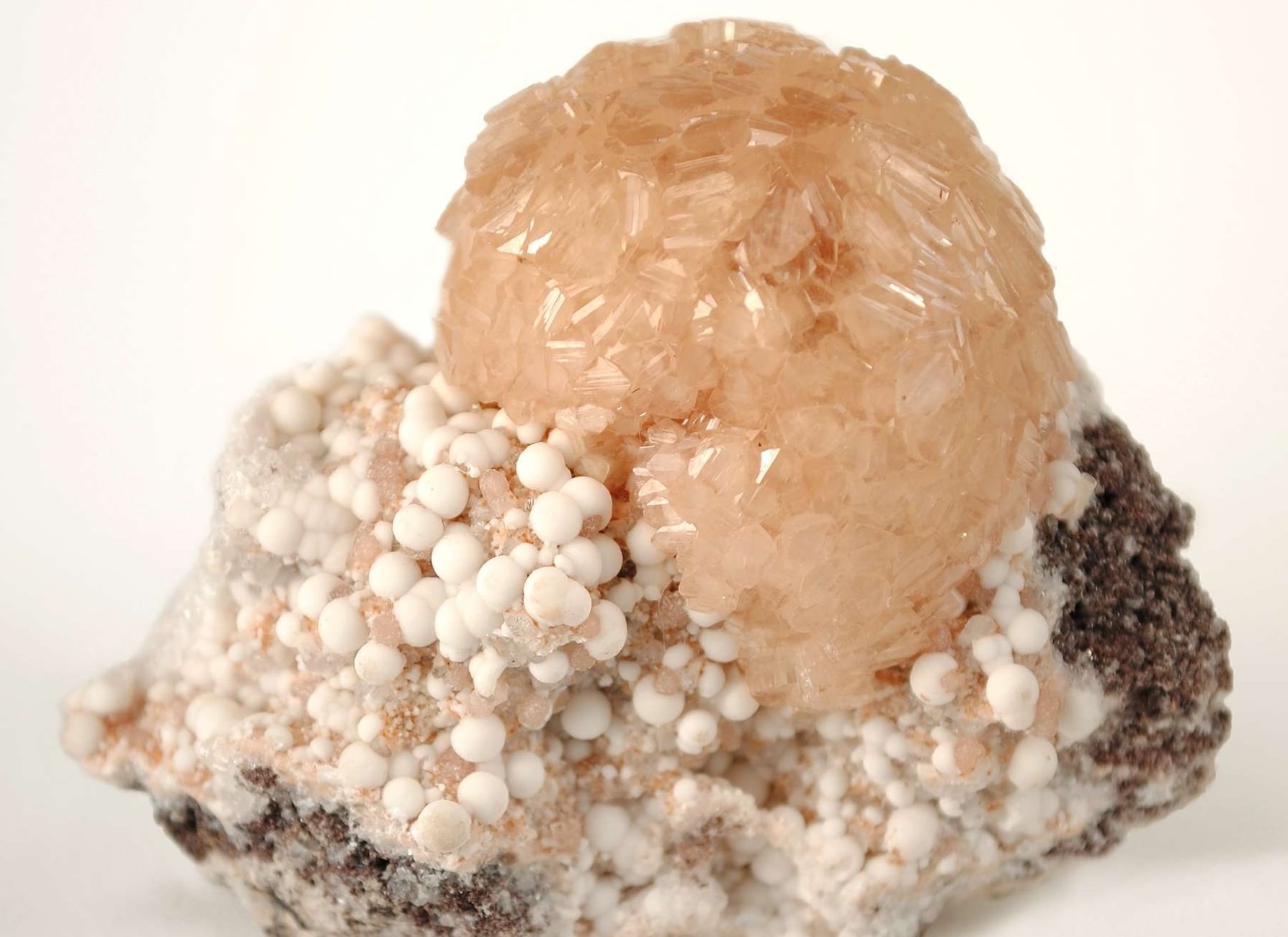
Bultfonteinite is a rare mineral that captures the interest of geologists and collectors alike. Found primarily in South Africa, this mineral is known for its unique crystal structure and intriguing properties. But what makes Bultfonteinite so special? Its rarity and distinct characteristics set it apart from more common minerals. With a chemical composition that includes calcium, silicon, and oxygen, Bultfonteinite forms in hydrothermal environments, often alongside other rare minerals. Whether you're a seasoned collector or just curious about geology, learning about Bultfonteinite can be both educational and exciting. Ready to dive into some fascinating facts about this mineral? Let's get started!
Key Takeaways:
- Bultfonteinite is a rare mineral with unique properties, including fluorescence under UV light and association with other rare minerals, making it a fascinating subject for collectors and scientists alike.
- Its prismatic crystal shape, vitreous to silky luster, and fluorescence under UV light are key characteristics that help identify Bultfonteinite, adding to its allure for mineral enthusiasts and geologists.
What is Bultfonteinite?
Bultfonteinite is a rare mineral that fascinates geologists and mineral enthusiasts alike. Found in specific locations, it has unique properties and an interesting history.
- Bultfonteinite is a calcium silicate mineral with the chemical formula Ca2SiO2(OH,F)4.
- It was first discovered in South Africa at the Bultfontein mine, hence its name.
- This mineral typically forms in hydrothermal environments, where hot water interacts with rocks.
- Bultfonteinite often appears as white or colorless crystals, though it can sometimes have a pinkish hue.
- The crystals are usually prismatic, meaning they have a long, column-like shape.
Where Can You Find Bultfonteinite?
Bultfonteinite is not just found anywhere. Its occurrence is limited to a few specific locations around the world.
- Besides South Africa, Bultfonteinite has been found in the United States, specifically in California.
- It also occurs in Canada, particularly in Quebec.
- In Europe, Bultfonteinite has been discovered in Italy and Germany.
- The mineral is often associated with other rare minerals like apophyllite and datolite.
- Mining for Bultfonteinite is challenging due to its rarity and the specific conditions required for its formation.
Unique Properties of Bultfonteinite
Bultfonteinite has some fascinating properties that make it stand out among other minerals.
- It has a Mohs hardness of 4.5, making it relatively soft compared to other minerals.
- The mineral has a vitreous to silky luster, giving it a shiny appearance.
- Bultfonteinite is transparent to translucent, allowing light to pass through it.
- It has a specific gravity of 2.8, which is considered light for a mineral.
- When exposed to ultraviolet light, Bultfonteinite can fluoresce, emitting a bright glow.
Uses and Applications
While Bultfonteinite is not widely used in commercial applications, it has some niche uses.
- Collectors prize Bultfonteinite for its rarity and unique crystal formations.
- It is sometimes used in educational settings to teach students about mineralogy and geology.
- Some jewelers use Bultfonteinite in custom jewelry pieces, though its softness makes it less ideal for everyday wear.
- The mineral is also studied by scientists to understand hydrothermal processes and mineral formation.
- Museums often display Bultfonteinite specimens due to their aesthetic appeal and educational value.
Interesting Facts About Bultfonteinite
There are some lesser-known but intriguing aspects of Bultfonteinite that add to its allure.
- Bultfonteinite was named after the Bultfontein mine, one of the oldest diamond mines in South Africa.
- The mineral was first described in 1903 by the German mineralogist Friedrich August Frenzel.
- Bultfonteinite is often found in association with zeolites, a group of minerals known for their porous structure.
- The mineral can form pseudomorphs, where it replaces another mineral while retaining the original mineral's shape.
- Bultfonteinite's fluorescence under UV light makes it a popular subject for mineral photography.
How to Identify Bultfonteinite
Identifying Bultfonteinite can be tricky due to its similarity to other minerals, but there are key characteristics to look for.
- Its prismatic crystal shape is a distinguishing feature.
- The mineral's hardness of 4.5 can help differentiate it from softer minerals.
- Bultfonteinite's vitreous to silky luster is another identifying trait.
- Its fluorescence under UV light can confirm its identity.
- Chemical tests can also be used to identify Bultfonteinite, as it contains specific elements like calcium and silicon.
The Final Word on Bultfonteinite
Bultfonteinite, a rare and fascinating mineral, has captured the interest of geologists and collectors alike. Found primarily in South Africa, this mineral's unique crystal structure and vibrant colors make it a standout. Its formation involves complex geological processes, often occurring in hydrothermal veins. Despite its rarity, bultfonteinite has practical applications, particularly in scientific research. Collectors prize it for its aesthetic appeal and rarity, making it a valuable addition to any collection. Understanding bultfonteinite not only enriches our knowledge of mineralogy but also highlights the intricate beauty of Earth's natural formations. Whether you're a seasoned collector or a curious novice, bultfonteinite offers a glimpse into the wonders of the natural world. Keep exploring, and who knows? You might just stumble upon a piece of this extraordinary mineral yourself.
Frequently Asked Questions
Was this page helpful?
Our commitment to delivering trustworthy and engaging content is at the heart of what we do. Each fact on our site is contributed by real users like you, bringing a wealth of diverse insights and information. To ensure the highest standards of accuracy and reliability, our dedicated editors meticulously review each submission. This process guarantees that the facts we share are not only fascinating but also credible. Trust in our commitment to quality and authenticity as you explore and learn with us.
